SPLab has been participating in two major events recently: DINAcon in Bern, the conference for digital sustainability, and the Software QS Day in Frankfurt – expanding horizons on software quality and testing. As we participated as attendee in the first and speaker in the second, this blog post summarises interesting technology trends from both.
DINAcon was on in Bern, Switzerland, on October 18. Organised by CH Open, many participants from regional communities, companies and universities participated to learn more about digital transformation and the associated trends and issues, such as the need for digital souvereignty (which is on a technical level best achieved using distributed and decentralised heterogeneous architectures).
The conference opened with an interesting keynote about Zalando’s creation of ontologies and graphs to better translate customer queries into product recommendations. The graphs are however not yet publicly available. As with previous ontology models, such as WSMO4IoS, one important principle is not trying to capture all world entities and relationships, but rather to focus on use cases which are improved by the models.
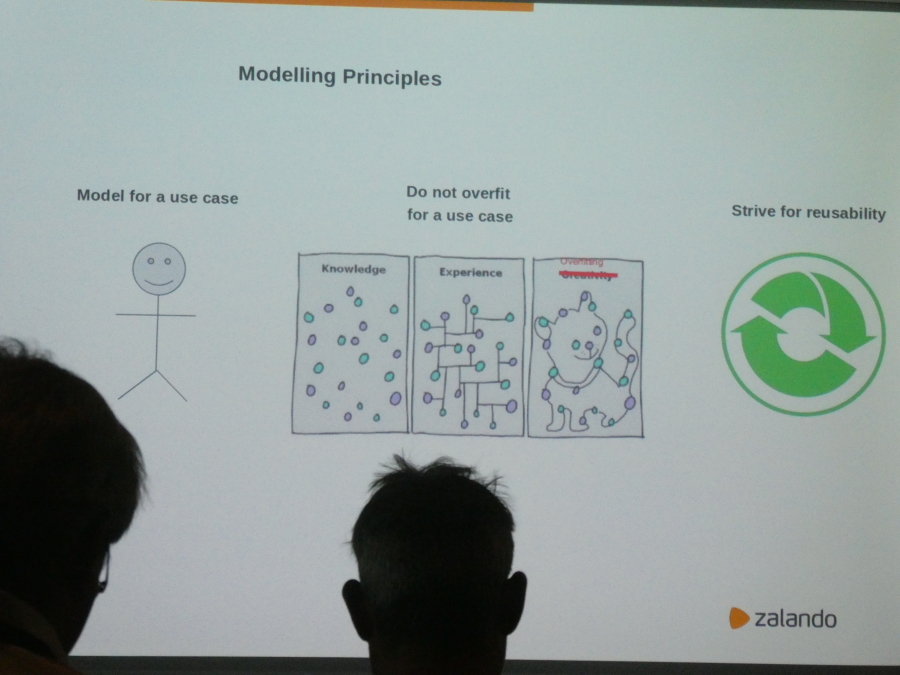
The case for open data was made in the second presentation, using building data to improve the efficiency of fire brigades. By presenting the constraints in the city of Amsterdam, it became apparent why just adding more information from IoT is not the right solution given the short emergency response time. The central insight has been the high risk – high consequences connection which can probably be extended from the firefighting itself to the conscious use of ICT support. Recognition primed decision making may be indeed better with machine support in stress situations, but the potential drawbacks are numerous.
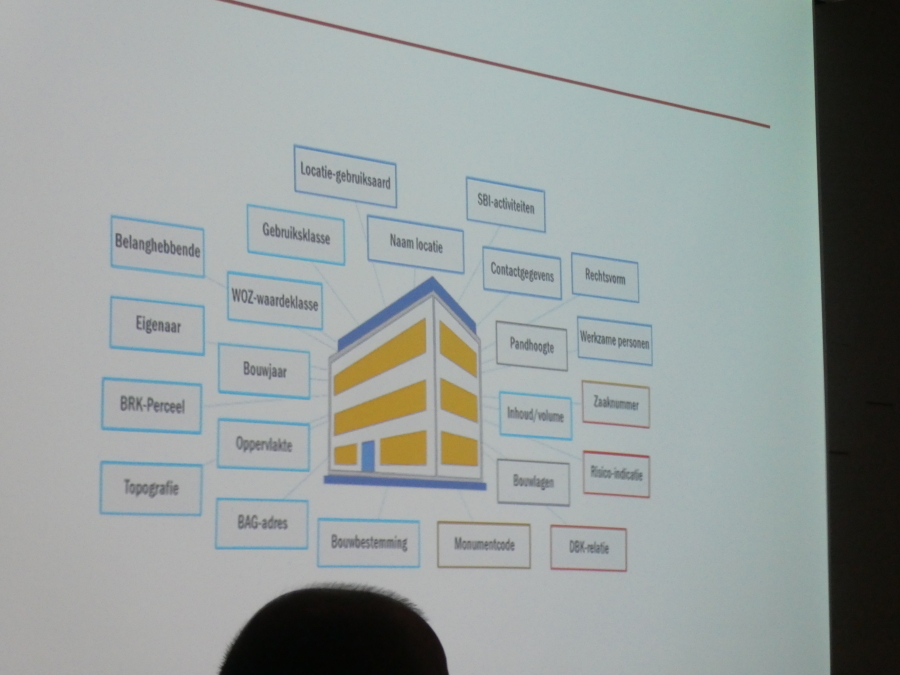
Further presentations were given, including some in workshop-style and some lightning talks. Among the more interesting interactive sessions were discussions on Nextcloud, the Zurich smart city and open data initiatives, and application delivery with Cloud Foundry.
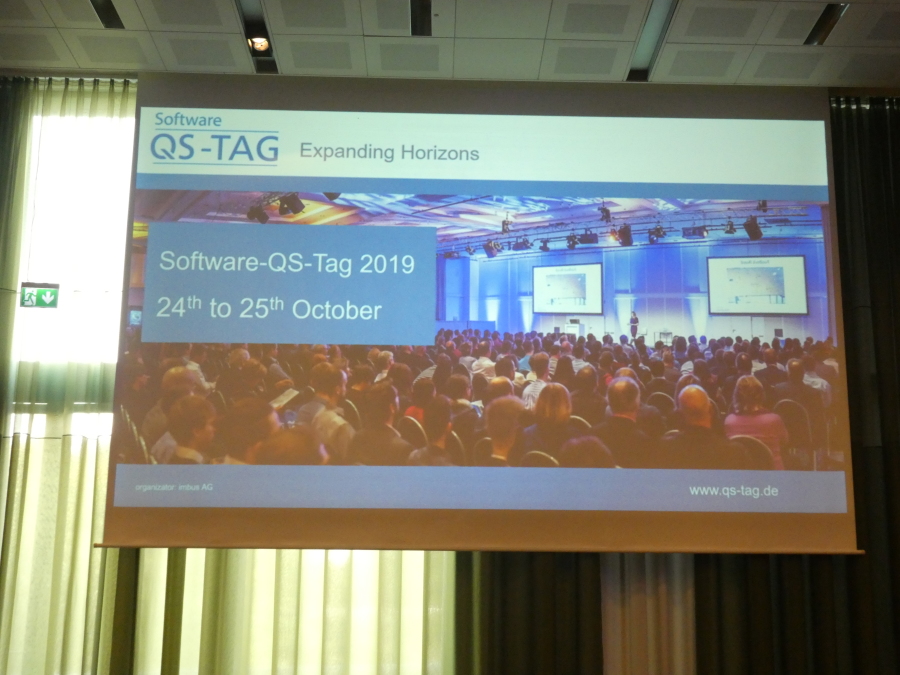
On October 24-25, Frankfurt’s airport area hosted the Software QS Day, dedicated to resolving all software quality issues. Five parallel tracks and several exhibits gave no time to pause. The event was packed with industrially relevant methods and scenarios.
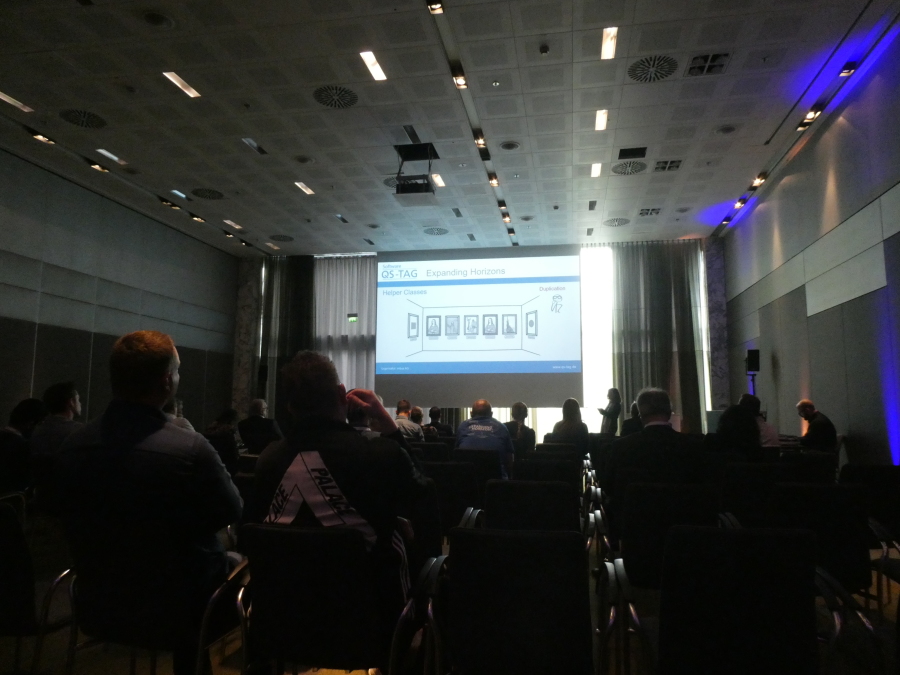
Among the more forward-looking sessions was the presentation of the ISTQB vision on how software testing should be handled in the future. The need for testers and test engineers will not go away, but the job descriptions will change profoundly along with new technological possibilities. One of the anticipated outcomes is that future engineers help coaching and onboarding AIs, as the calibration of any automation still requires higher-level knowledge.
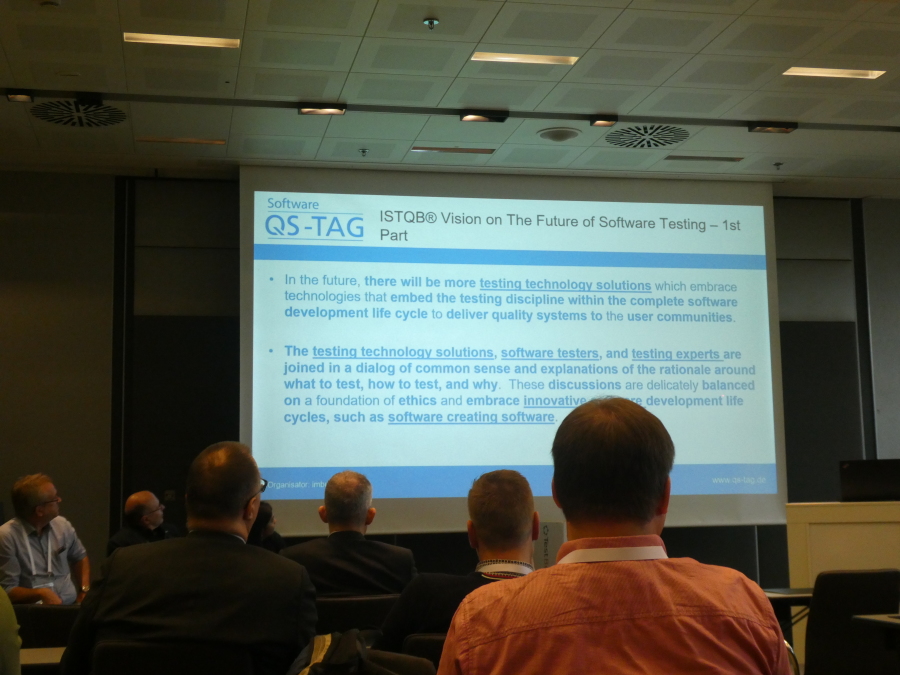
We presented our work on «CI/CD-integrated quality assessment of microservice implementation artefacts» in a tutorial fashion. The session time was, surprisingly, not fully utilised. It became apparent that quality assurance for cloud artefacts and applications is still a bit on the horizon for most participants. However, when talking to individual attendees, the increasing importance of this sector of software engineering is clear to most. We hope that our tools will help maintaining quality, consistency, compliance and security levels to the extent needed by guidelines and for putting safety-critical applications into production.